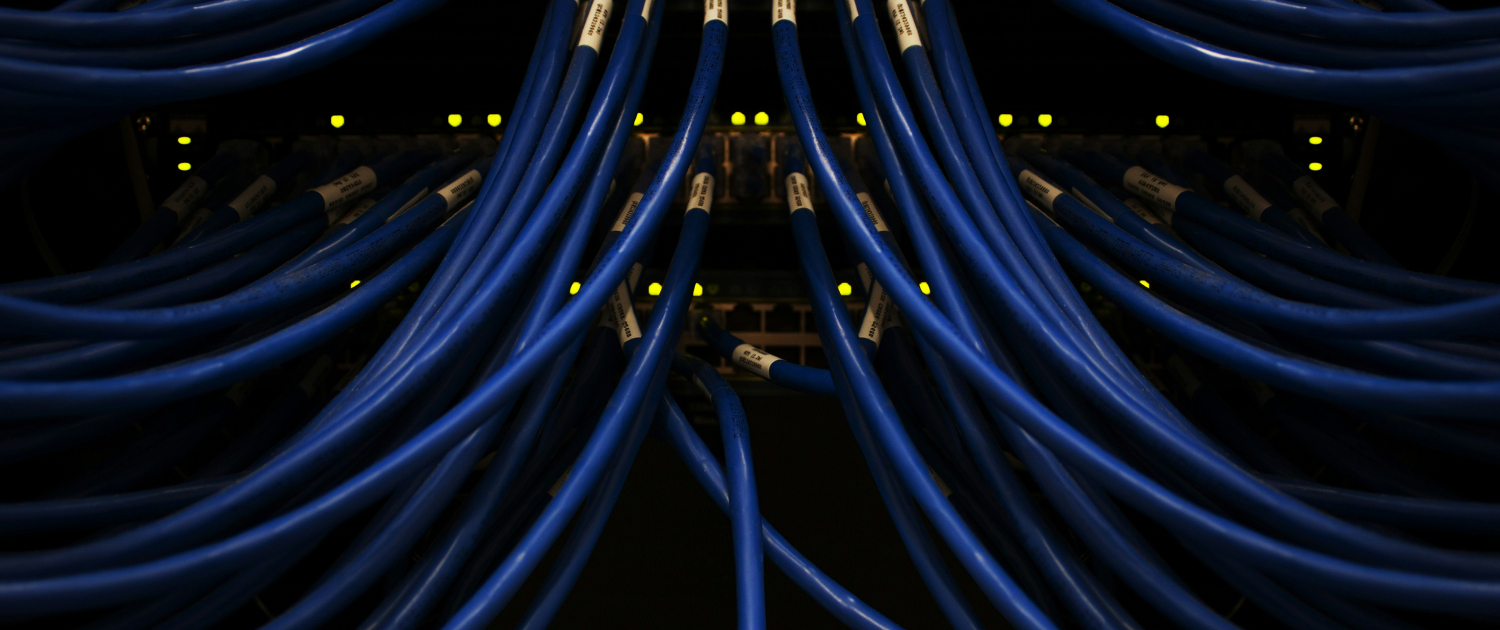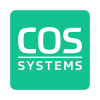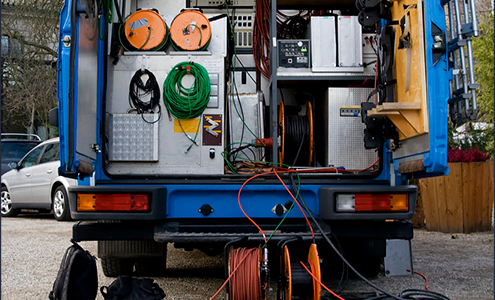
Myth #4: Do Most Municipal Broadband Networks Really Fail?
The Fear of Failure
Whenever a community brings up municipal broadband, the same line shows up:
“Most of these projects fail.”
It’s usually followed by a scary story from the early 2000s, maybe a Wikipedia link about iProvo, and a warning not to risk it.
Here’s the truth: yes, some early projects stumbled.
But failure isn’t the rule—it’s how innovation evolves.
Just like electric utilities, public hospitals, and even the first versions of the iPhone, the early years were bumpy.
Today, municipal broadband is not only surviving—it’s thriving.
Where the “Most Fail” Myth Comes From
This myth has roots in:
-
A handful of projects that launched before best practices existed
-
Networks that were underfunded, poorly managed, or politically targeted
-
Reports from industry-funded think tanks with a vested interest in keeping broadband private
Critics love to say “over half of municipal broadband networks fail.”
Here’s what they don’t mention:
-
That number counts projects started 20+ years ago
-
Many “failures” were restructures or ownership changes—not shutdowns
-
The sample sizes were tiny and cherry-picked
By the same logic, most private ISPs would look like failures too.
Meet the So-Called “Failures”
iProvo (Utah)
Launched early, without the tools or partnerships needed to succeed.
Politics didn’t help.
It was eventually sold and folded into UTOPIA Fiber, now one of the most successful open-access municipal networks in the U.S.
Burlington Telecom (Vermont)
Yes, it ran into financial trouble early.
But today it’s locally owned, better managed, and still serving customers.
Failures? Maybe at first.
But more accurately—they were lessons that shaped what works today.
The Modern Reality: Municipal Broadband Is Booming
Today’s networks aren’t winging it. They’re winning with:
-
Smarter planning
-
Sustainable funding
-
Modern platforms and tools
-
Scalable operations
And the results speak for themselves:
-
FairlawnGig (Ohio): Over 90% take rate. Reliable service and steady revenue.
-
EPB (Chattanooga, TN): First U.S. city with gigabit. Now offering 25-gig, with billions in local economic benefit.
-
UTOPIA Fiber (Utah): Serving 20+ cities with 15 ISPs. Growing fast.
These aren’t outliers. They’re examples of what happens when communities do it right.
What Today’s Successful Cities Do Differently
Winning networks focus on:
-
Business modeling and demand aggregation before buildout
-
Automation platforms like COS Business Engine to cut staffing needs
-
Integration with existing billing and service systems
-
Open access models that create real competition
-
Public-private partnerships that balance cost and control
They don’t go it alone. They build with proven tools and strong partners.
Rethinking Success Metrics
If “failure” means not making money in year one, almost every startup would fail.
Municipal broadband should be judged like other infrastructure:
-
Does it serve the public well?
-
Is it financially stable over time?
-
Does it create value beyond its balance sheet?
By those measures, today’s municipal networks are succeeding—and often exceeding expectations.
What Early “Failures” Actually Taught Us
Because of those early stumbles, cities now know how to:
-
Right-size a network for local demand
-
Phase construction to match take rates
-
Build workflows that scale
-
Price for long-term sustainability
-
Choose tech that doesn’t create silos
Short-term failure isn’t fatal.
It’s how progress gets made.
The New Story Is Success
The idea that “most municipal broadband networks fail” is outdated.
Look at Fairlawn, Chattanooga, and UTOPIA Fiber—proof that when done right, these networks don’t just work, they lead.
Next time someone raises the old argument, just point to the cities showing us the future.
Municipal broadband isn’t risky.
It’s maturing—and it’s here to stay.
Coming up next: Myth #5: Governments Should Focus on Roads, Not Routers















